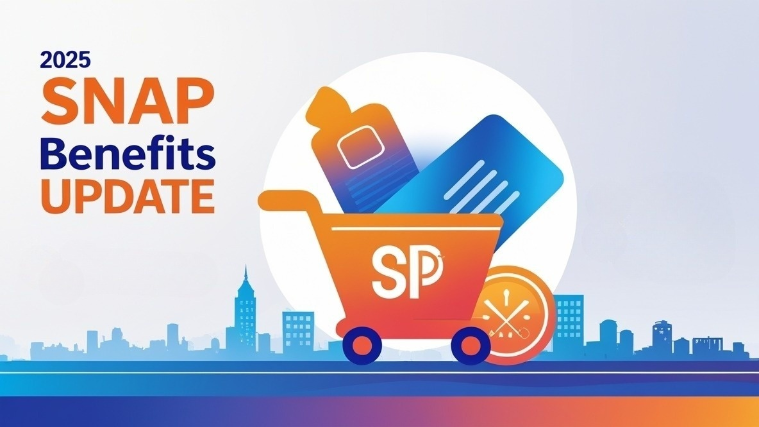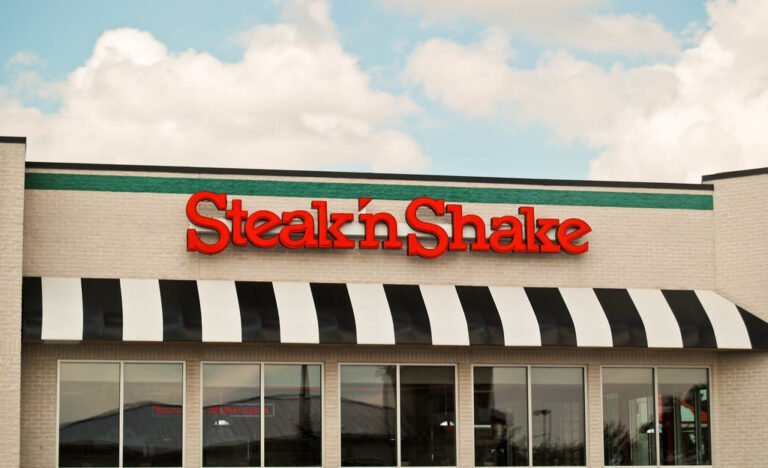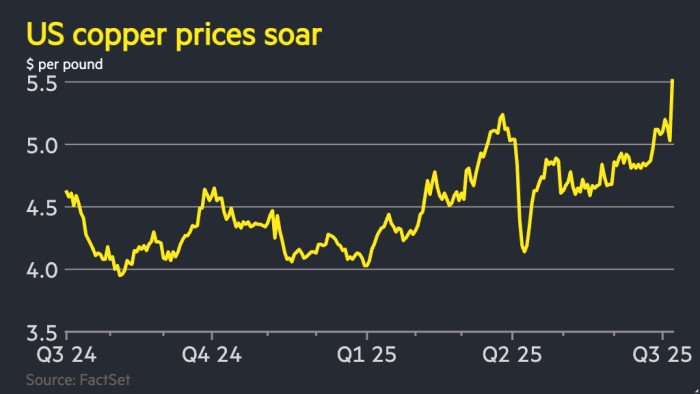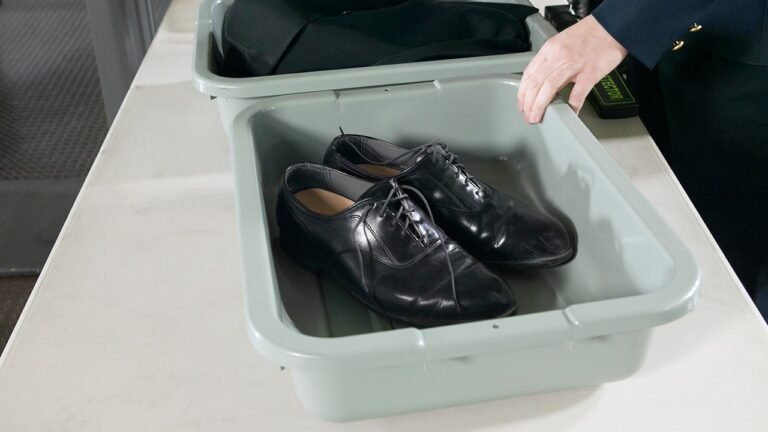
SNAP Benefits Update 2025: What You Need to Know About USDA Changes, Work Requirements, and Food Restrictions”
If you’re one of the millions of Americans relying on SNAP (Supplemental Nutrition Assistance Program) benefits, recent changes at the USDA might have you feeling anxious. With a new leader at the helm and talks of budget cuts, work requirements, and even restrictions on what you can buy, it’s no wonder so many people are worried. In this article, we’ll break down everything you need to know about the latest USDA updates, how they could impact your SNAP benefits, and what you can expect in the coming months. Let’s dive in.
Who Is Brooke Rollins, and What Does She Mean for SNAP?
Brooke Rollins was sworn in as the U.S. Secretary of Agriculture on February 13, 2023, and she’s already making waves. With a background in agriculture policy and government reform, Rollins is no stranger to pushing for major changes. She previously worked under President Trump and led the America First Policy Institute before taking on this role.
One of her first moves was inviting the Department of Government Efficiency (DOGE) into the USDA. DOGE’s mission is to cut wasteful spending and make government programs more efficient. While this might sound like a positive step, it’s raised concerns for SNAP recipients. After all, SNAP isn’t just a program—it’s a lifeline for 41 million Americans who rely on it to put food on the table.
Are SNAP Benefits Being Cut?
As of now, there have been no direct cuts to SNAP benefits. However, with DOGE involved, changes are on the horizon. DOGE’s role is to identify and eliminate wasteful spending, which often means restructuring programs. While this could lead to cost savings for the government, it could also impact those who depend on these benefits the most.
In her first week, Rollins canceled over 132millioningovernmentcontracts,including2 million in Politico news subscriptions, vehicle purchases, and even meetings in Hawaii. While these cuts haven’t affected SNAP yet, they signal a shift toward tighter budgets and stricter oversight.
Work Requirements: What’s Changing?
One of the most significant changes Rollins is pushing for is stricter work requirements for SNAP recipients. In letters to state leaders, she emphasized the need to “associate access to SNAP benefits with clear expectations that those who can work, do.”
Currently, adults aged 18 to 59 without dependents must work at least 80 hours a month to qualify for SNAP, unless they have a disability or are caring for a child. Some states have waivers that loosen these rules in areas with high unemployment. However, Rollins’ push could mean fewer waivers, stricter enforcement, and new pilot programs testing stricter eligibility rules.
This has sparked a heated debate. Proponents argue that work requirements encourage self-sufficiency, while critics worry they could harm vulnerable populations, including those struggling to find stable employment.
What Can You Buy with SNAP? Potential Restrictions Ahead
Another area of concern is what SNAP recipients will be allowed to purchase. Rollins has expressed a desire to “strengthen strategies to encourage healthy choices, healthy outcomes, and healthy families.” While this sounds positive, past efforts to promote healthier eating through SNAP have focused on restricting items like sugary drinks, candy, and processed foods.
The Healthy SNAP Act, which has been reintroduced in Congress, could impose nationwide restrictions on what SNAP recipients can buy. If passed, it would remove sugary drinks, snack foods, and other non-nutritious items from the list of approved purchases. Lawmakers argue this would improve public health and reduce healthcare costs, but critics say it could make it harder for low-income families to stretch their grocery budgets.
Healthy food is often more expensive, and for many SNAP recipients, affordability is a top priority. Restricting what they can buy could create additional challenges, especially in areas with limited access to fresh, nutritious options.
State-Level Changes: A Patchwork of Rules?
Rollins is also encouraging states to experiment with SNAP policies through her “Laboratories of Innovation” initiative. This means states could propose bold ideas to address challenges, including limiting what SNAP recipients can buy.
In the past, the USDA has rejected state-level proposals to ban soda or restrict processed foods. However, with Rollins’ emphasis on state innovation, we could see these ideas resurface. If approved, this could lead to a patchwork of SNAP rules across the country, where what you can buy depends on where you live.
For example, one state might ban sugary drinks, while another might restrict processed foods. This could create confusion for SNAP recipients, especially those who live near state borders and shop in multiple states.
Food Prices and the USDA’s Role
Food prices have been a major concern for everyone, but especially for SNAP recipients. The USDA is taking steps to address this, starting with eggs. The avian flu crisis caused egg prices to skyrocket, and Rollins is now working on a strategy to lower prices. If successful, this could mean cheaper eggs, chicken, and poultry in the coming months.
However, eggs are just one part of the problem. Grocery prices across the board have been climbing, and many families are struggling to make ends meet. While the USDA’s efforts are a step in the right direction, it remains to be seen whether they’ll have a significant impact on overall food costs.
What Does This Mean for You?
If you rely on SNAP benefits, it’s important to stay informed about these changes. While nothing is happening overnight, the USDA’s new direction signals that change is coming. Here’s what you can do:
- Stay Updated: Follow reliable news sources and official USDA announcements to stay informed about any changes to SNAP.
- Plan Ahead: If work requirements become stricter, consider how you’ll meet them. Look for job training programs or part-time work if needed.
- Advocate for Yourself: If you’re concerned about potential restrictions or cuts, reach out to your local representatives and share your story.
The USDA is clearly making big moves, and while change often takes time, it’s important to be prepared. SNAP benefits are a critical lifeline for millions of Americans, and any changes to the program could have far-reaching impacts.
As we navigate these uncertain times, remember that you’re not alone. Millions of families are in the same boat, and staying informed is the best way to protect yourself and your loved ones. Keep an eye on updates, share your concerns, and advocate for policies that support those who need it most.
What’s your biggest concern about SNAP benefits right now? Share your thoughts in the comments below, and let’s keep the conversation going.






